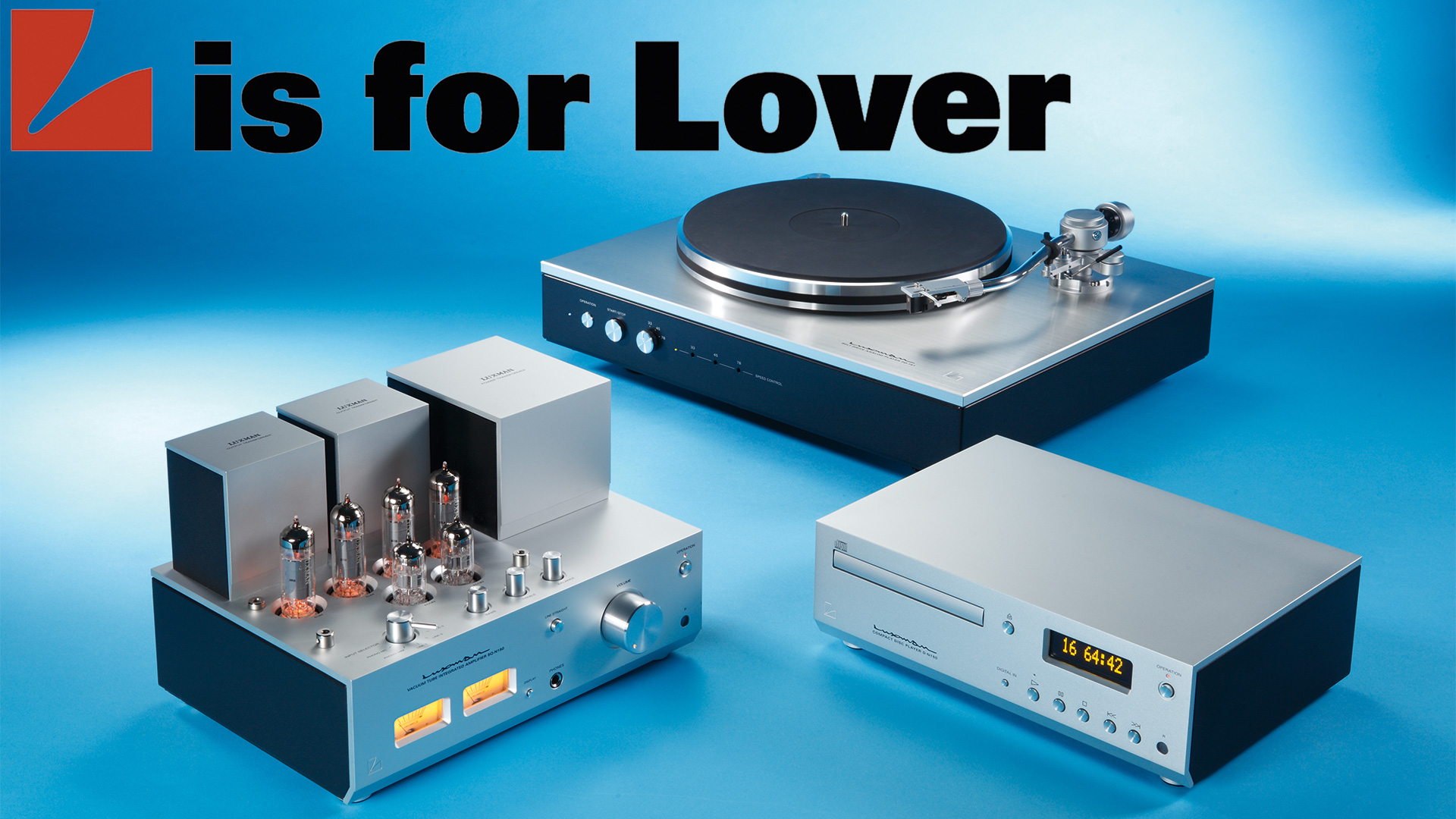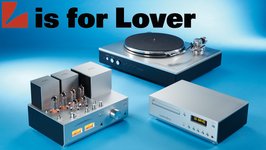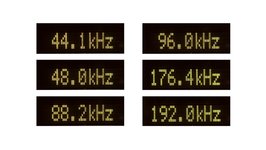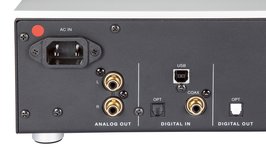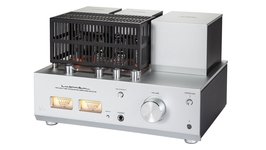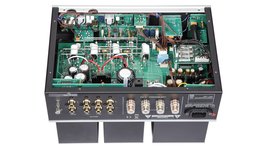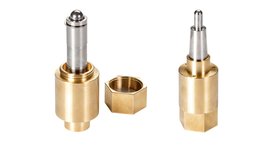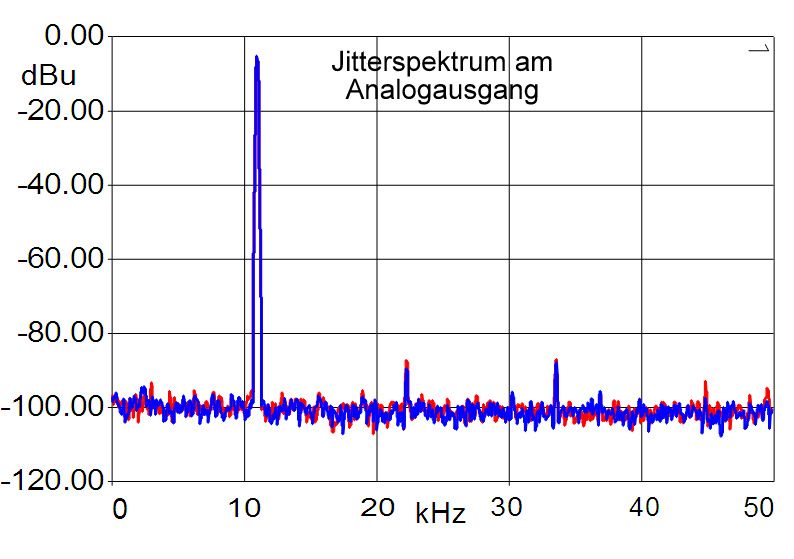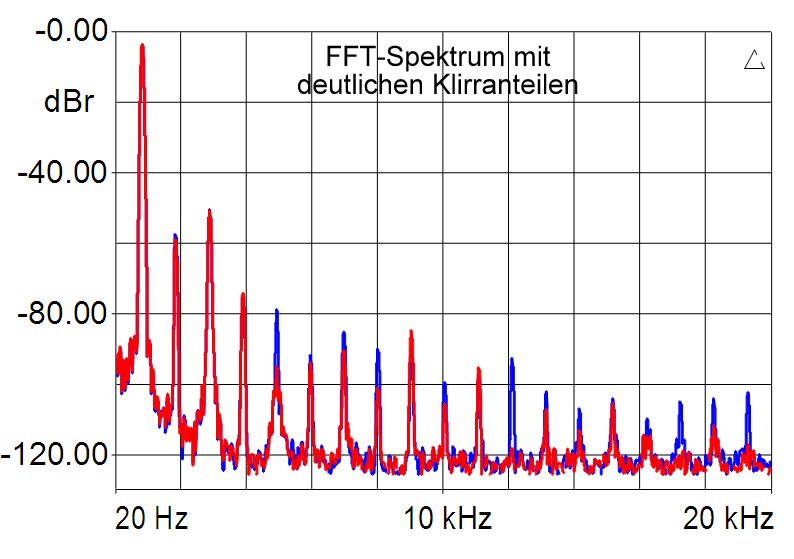A closer look reveals that these worries are entirely unfounded and rather indicates the intention to extract the advantages of Luxman's full-blown retro devices and to present them in a miniature form. For all those who might already own one of these and are now – because they just can't get enough of it – looking for a smaller set for an adjoining room or their weekend cottage the "minis" are ideal. Of course they don't even come close to the big brothers, but they absolutely convey the same benefits just in a condensed way.
This is exactly what I thought while connecting the integrated amplifier, with the LS cable contacts seeming almost too ample for the mini-terminals of the SQ-N150. In addition to its three high level inputs, there is a phono input for a turntable with MM or MC pickup. They are selected via a handy switch on the top of the amp. There are even bridgeable controls for bass, treble and balance. The volume knob is located on the front panel, as is the headphone jack. As soon as a plug is inserted there, the Luxman switches off the speakers. There are said to be people who prefer to use an SQ-N150 as a nice headphone amp.
In this case, the phalanx of the four EL84 power tubes together with the two ECC83s connected upstream – all quality tubes from the Slovakian supplier JJ – actually seem somewhat oversized. With regard to normal loudspeakers, however, they require careful selection. The bonsai amplifier is not a joy to use with inefficient or impedance-critical speakers. With Sonus Faber's efficient (92 dB!) and good-natured Sonetto III, however, the eleven-watt dwarf flourished.
The fact that the needles of the two meters – whose yellowish lighting can be switched off – swing far to the right even at medium levels should not unsettle you. The Luxman still remains far away from its limits. The effect is due to the strong spread in the display of the power range.
If you listen to the SQ-N150 under practical conditions, you'll forget any associations with a lifestyle hi-fi "toy". This is because the tube amp, which was designed by developers, some of whom have been with Luxman for 40 years or more, including the three transformers manufactured in-house for the mains supply, conjured up a sweeping, deeply staggered and neatly arranged spatial spectrum between and around the speakers with Maria Pihl's "Malvina". Even in the title's opulent, full and contoured bass the tube amp showed hardly any restraint, so that Pihl sang in a relaxed manner over a stable foundation.
That's all well and good, but the SQ-N150's biggest advantage is its shimmering, glittering overtone range that still doesn't ever seem nervous. Delicate, barely perceptible articulation noises are just as audible as minimal changes in the play of colours. That is very appealing and gives the impression of virile liveliness as well as captivating immediacy – and makes the reproduction easy, carefree and translucent. If you want the ironclad conciseness of an oil painting, you have to look elsewhere. Luxman's small tube paints in watercolor, and though it traces some edges with thin black strokes it always remains lucid and weightless in its habitus.
 MAGAZINE
MAGAZINE